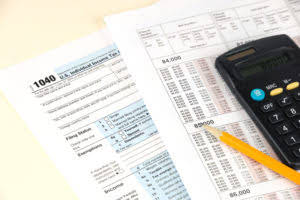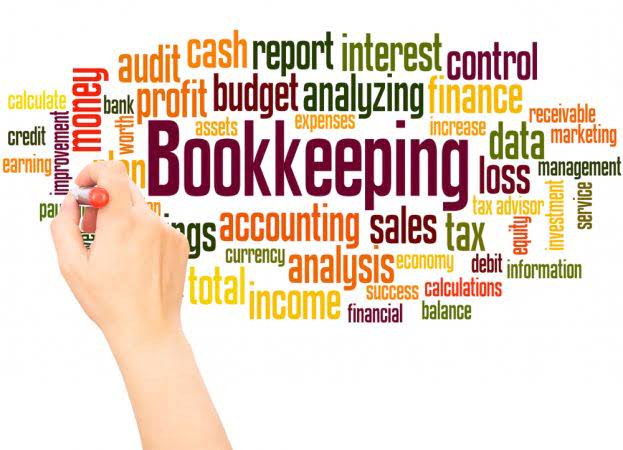
Direct materials are those period costs raw materials that can be easily identified and measured. Direct labor costs include the labor costs of all employees actually working on materials to convert them into finished goods. As with direct material costs, direct labor costs of a product include only those labor costs distinctly traceable to, or readily identifiable with, the finished product. The wages paid to a construction worker, a pizza delivery driver, and an assembler in an electronics company are examples of direct labor. Accurate cost classification is foundational to robust financial reporting and sound business strategy.
- These expenses are considered period costs and are expensed in the period they are incurred.
- At the end of the period, the inventory that remains unsold is the closing inventory.
- When setting prices for products or services, businesses must ensure that all costs, including period costs, are covered to maintain profitability.
- These costs include the costs of direct materials, direct labor, and manufacturing overhead.
- Managing administrative expenses effectively involves optimizing processes, reducing waste, and ensuring that resources are allocated efficiently to support the organization’s goals and objectives.
- Product costs are only recognized as expenses (COGS) in the income statement when the product is sold.
- The treatment of period costs within the financial records of a company is a meticulous process that ensures accurate reflection of the business’s financial performance.
Valuation of Opening and Closing Inventories

The direct materials, direct labor and manufacturing overhead costs incurred to manufacture these 500 units would be initially recorded as inventory (i.e., an asset). The cost of 300 units would be transferred to cost of goods sold during the year 2022 which would appear on the income statement of 2022. The remaining inventory of 200 units would not be transferred to cost of good sold in 2022 but would be listed as current asset in the company’s year-end balance sheet. These unsold units would continue to be treated as asset until they are sold in a following year and their cost transferred from inventory account to cost of bookkeeping goods sold account. Period costs include selling expenses and administrative expenses that are unrelated to the production process in a manufacturing business.

Supercharge your skills with Premium Templates

However, not all Period Costs can be directly allocated, especially those that benefit multiple cost objects simultaneously. Additionally, businesses must periodically assess the carrying value of assets for impairment and adjust depreciation estimates as needed to reflect changes in asset values or useful lives. Effective management of marketing expenses involves aligning marketing strategies with business objectives, measuring campaign performance, and optimizing marketing spend to achieve the desired outcomes. In this guide, Online Bookkeeping we’ll delve deep into the world of Period Costs, exploring their definition, types, significance in financial analysis, methods of allocation, and strategies for effective management.
Company
- Examples include salaries and wages, rent, utilities, marketing expenses, and depreciation.
- In order to help you advance your career, CFI has compiled many resources to assist you along the path.
- Period costs are closely related to periods of time rather than units of products.
- To avoid losses, the sales price must be equal to or greater than the product cost per unit.
- The management of Raymond’s has estimated its costs to direct material, direct labor, and factory overhead costs.
Period costs are systematically recorded in the income statement as expenses in the period they are incurred. This is in accordance with the matching principle of accounting, which dictates that expenses should be matched with the revenues they help to generate in the same period. If no direct connection to revenue can be established, the costs are recognized in the period they arise. For instance, office rent is recorded as an expense in the month it is paid, irrespective of the sales activities of that month. This treatment ensures that the financial statements accurately reflect the company’s operational costs and help in assessing its profitability during a specific accounting period. Period costs include any costs not related to the manufacture or acquisition of your product.

On the other hand, costs of goods sold related to product costs are expensed on the income statement when the inventory is sold. The indirect expense related to manufacturing a finished product that cannot be directly traced is the factory or manufacturing overheads. In other words, overheads are that cost that is neither direct material nor direct labor.
It could result in a lower net income when high period costs are incurred but not matched with significant revenues. In line with accrual basis accounting, this practice records income when it’s earned and expenses when they are incurred, independent of cash flow. The tires that are bought or manufactured in the plant are necessary to produce a finished car. Likewise, the salary of the assembly line worker who mounts the tires on rims and bolts them onto the car would be considered a product cost because it is necessary to manufacture the end product.
